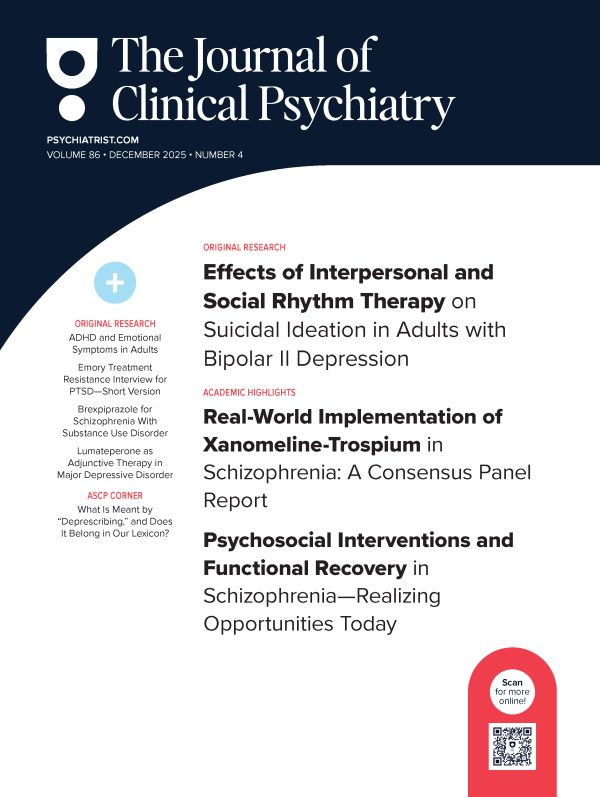Objective: To determine if the inclusion of a placebo arm and/or the number of active comparators in antidepressant trials influences the response rates of the active medication and/or placebo.
Data Sources: Searches of MEDLINE,
PsycINFO, and pharmaceutical Web sites for published trials or trials conducted but unpublished between January 1996 and October 2007.
Study Selection: 2,275 citations were reviewed, 285 studies were retrieved, and 90 were included in the analysis. Trials reporting response and/or remission rates in adult subjects treated with an antidepressant monotherapy for unipolar major depression were included.
Data Extraction: The primary investigator recorded the number of responders and/or remitters in the intent-to-treat population of each study arm or computed these numbers using the quoted rates.
Data Synthesis: Poisson regression analyses demonstrated that mean response rate for the active medication was higher in studies comparing 2 or more active medications without a placebo arm than in studies comparing 2 or more active medications with a placebo arm (65.4% vs 57.7%, P’ ‰<‘ ‰.0001) or in studies comparing only 1 active medication with placebo (65.4% vs 51.7%, P’ ‰=’ ‰.0005). Mean response rate for placebo was significantly lower in studies comparing 1 rather than 2 or more active medications (34.3% vs 44.6%, P’ ‰=’ ‰.003). Mean remission rates followed a similar pattern. Meta-analysis confirmed results from the pooled analysis.
Conclusions: These data suggest that antidepressant response rates in randomized control trials may be influenced by the presence of a placebo arm and by the number of treatment arms and that placebo response rates may be influenced by the number of active treatment arms in a study.
© 2010 Physicians Postgraduate Press, Inc.
Submitted: July 3, 2008; accepted January 2, 2009.
Online ahead of print: January 26, 2010.
Corresponding author: Anthony J. Levitt, MD, Sunnybrook Health Sciences Centre, Department of Psychiatry, 2075 Bayview Avenue, Toronto, ON M4N 3M5, Canada ([email protected]).
Members Only Content
This full article is available exclusively to Professional tier members. Subscribe now to unlock the HTML version and gain unlimited access to our entire library plus all PDFs. If you’re already a subscriber, please log in below to continue reading.
Please sign in or purchase this PDF for $40.00.
Already a member? Login





